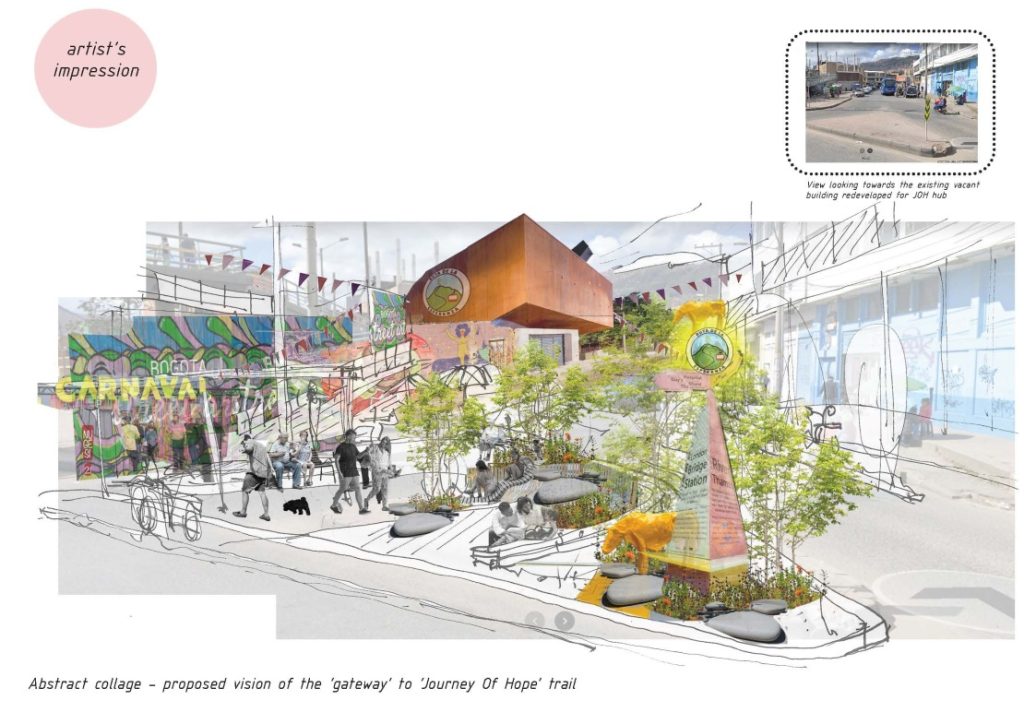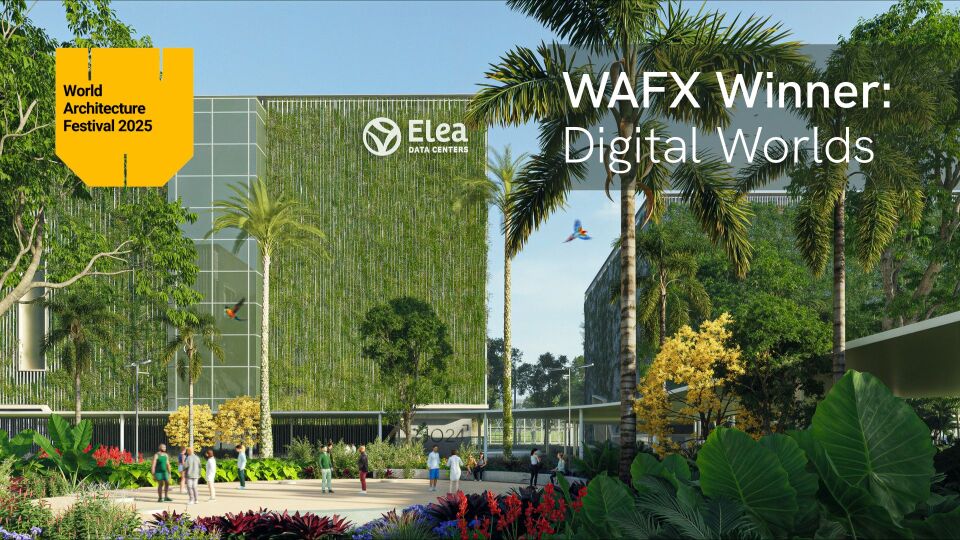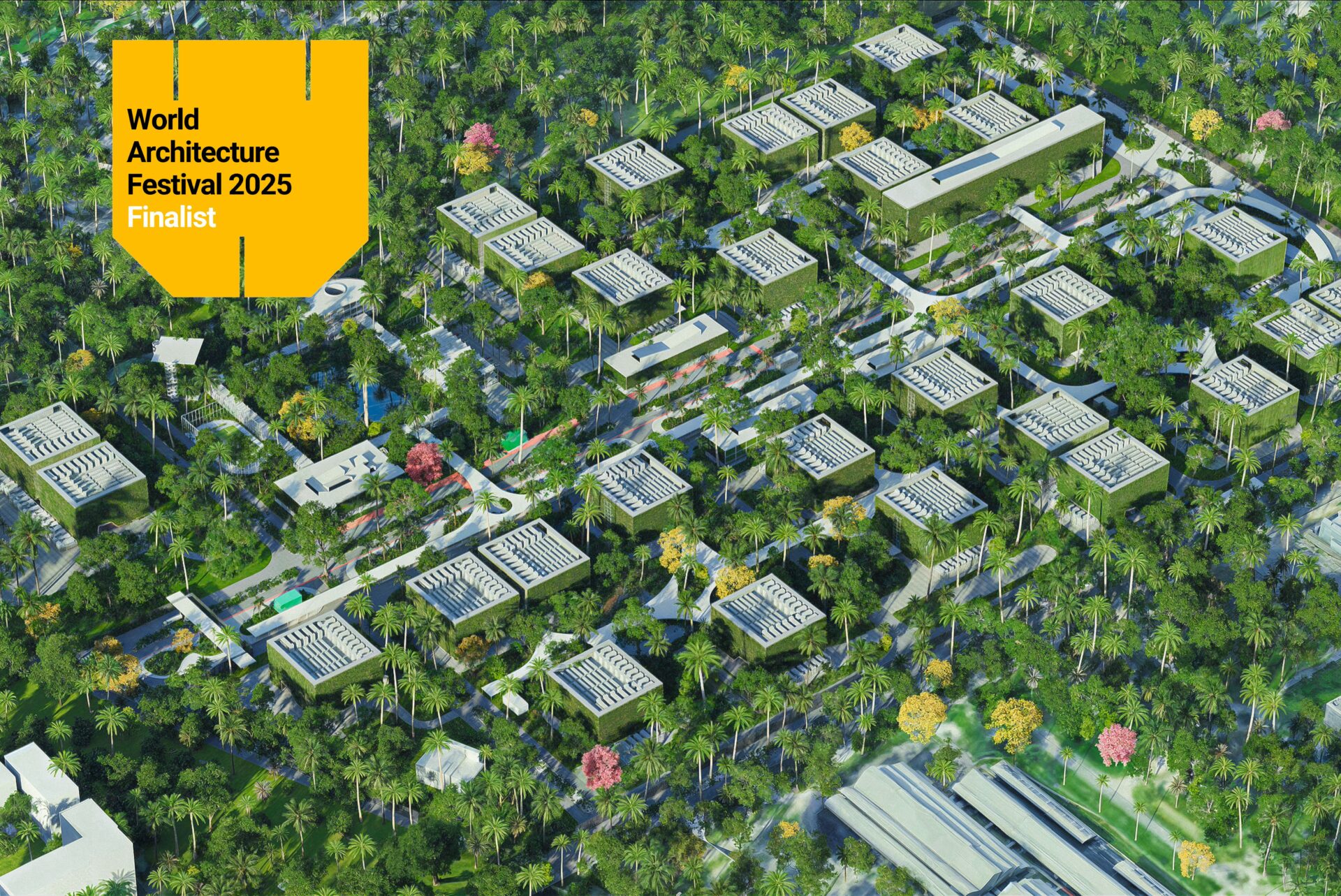We are delighted to announce Karolina Stephenson as the 2023 winner of the Chris Henderson Drawing Prize!
The drawing prize was set up to honour the legacy of Hyphen founder, Chris Henderson, and is awarded by us each year to a student who demonstrates excellent technique and skill in draughtsmanship. Winning students re-affirm the spontaneity that can be conveyed through hand or hybrid drawing and the connection between creative thought and communication that is the essence of a good drawing.
Karolina received the prize at a recent awards ceremony at the University of Portsmouth, for work on the regeneration of deprived urban areas in Bogotá, Colombia, which was submitted as part of her master’s degree portfolio. Karolina was presented with a certificate and £500 in prize money. The winning work focused on a series of social-spatial urban strategies and opportunities to develop community tourism initiatives as a catalyst to introduce positive changes within Bogotá’s stigmatised Ciudad Bolivar neighbourhood.
Hyphen architect and 2023 judge, Ian Henderson, said, “The award is the legacy of my father and his generation of architects who specialised in hand drawing. It is still a very important skill to have to be used alongside computers and technology. Most of what we do is about communication and drawing is key to that.
“Karolina’s work fully embodies what this prize is all about. The use of hand drawing was an integral part of how Karolina presented her work and was very relevant to the subject matter. Her work shone through because she picked the right medium to articulate what her project was all about and used this to great effect. Congratulations, Karolina.”
We had the opportunity to speak to Karolina to find out more:
What was the inspiration behind your project?
I am interested in the urban landscape, and during initial research, I discovered Ruta De La Esperanza, a non-profit foundation which set up a guided tour in Ciudad Bolivar to change people’s perceptions about this place.
The Journey of Hope ‘plugs in’ to the Ruta de la Esperanza’s existing tour run by locals, and their ideology. It supports the foundation and its principles to call out for positive change in Bolivar. The design strategies are based on adapting, re-purposing, upcycling, regenerating, extending, and reusing.
Considering these and other interventions the overarching aim was to avoid challenging issues arising from tourism such as gentrification and uprooting and to promote affordability and inclusivity. This meant considering an incremental and phased-in approach as well as collaboration with local makers, artists, architects and even chefs! All to deliver safe, good quality spaces and a sustainable economic model, while instilling a sense of civic pride.

What do you enjoy most about architecture?
You get to meet some amazing people. It widens horizons. It can lead to exciting life-changing opportunities. I’ve learned during the course and with support of tutors that I should stay true to myself, which architectural courses should encourage, especially if you feel you do not fit into a typical mould.
What’s the most interesting place you’ve visited and why?
In Poland there is a hidden museum that is unique – ‘Good Thoughts Station’, a renovated former German train station which is now home to the largest collection of teddy bears in Europe – it’s very surreal and fun.
There is also, Nikiszowiec, a neighbourhood with remnants of the original workers’ housing estate familoks and repurposed loft apartments. They are totally hidden away and hardly mentioned in any magazines but are part of a registered UNESCO World Heritage site.
Who or what inspires you and your work?
In the past few years, it is mainly social architecture-minded Dutch architects. You will find in my work many references to Herzberger or a bit of Gehl, but also sociologists like Professor Sennett. You could write a whole dissertation around every sentence he says.
What is your dream architectural project that you would love to bring to life if you had
unlimited resources and budget?
Well, of course my project, if we are talking about theoretical work. I am quite annoyed by ongoing challenges related to inequalities, predominantly gentrification and uprooting. I would like to be involved in projects trying to tackle these issues, which talk about the inclusivity, affordability and promote individuality.
How does your drawing reflect your design philosophy and architectural style?
I intended to present the Journey of Hope project as a series of hand drawn feasibility sketches, diagrams, and collages, to reflect an architect’s journey, as opposed to providing a fixed end point. These make up most of the portfolio before a detail design stage.
Why do you think drawing is important in today’s increasingly digital world?
I’ve got this saying that generally the technology is great if it works. But everything in moderation. Everything has its place. I try to mix both and balance all tools that are available. The final bulk of my portfolio work consists of detailed computer-generated designs, and I challenged myself with learning a new 3D software to work on final renders.


